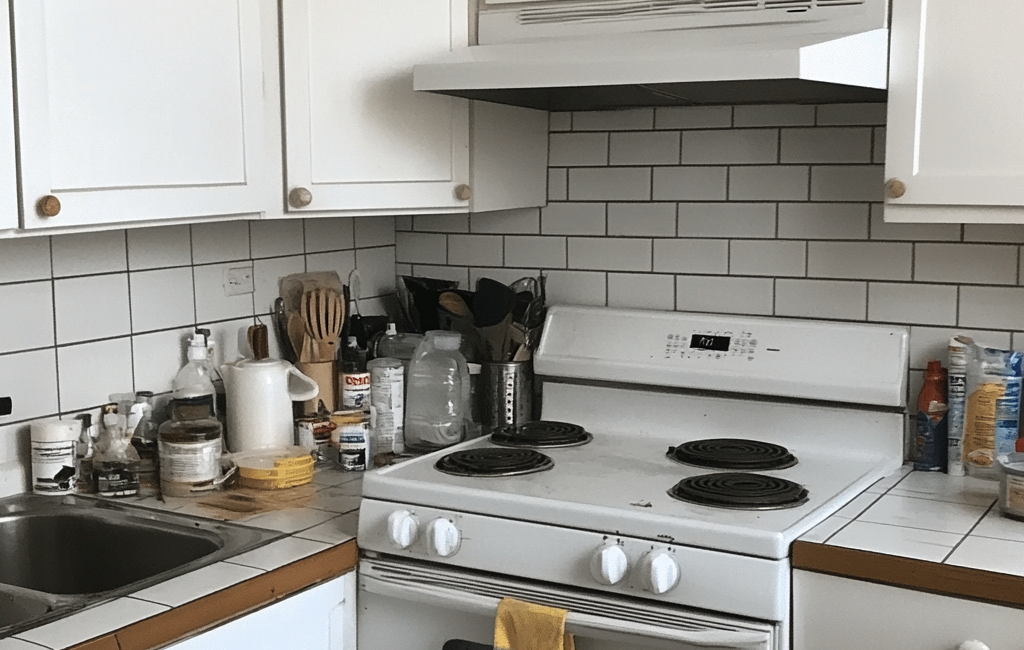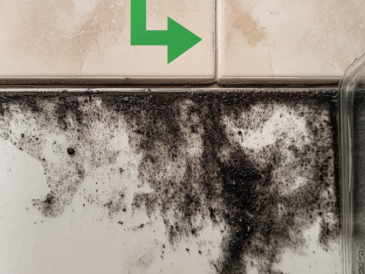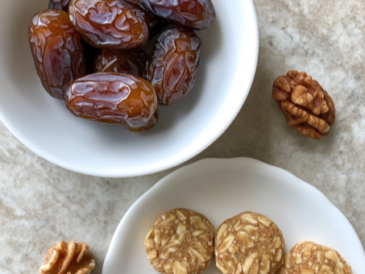Steps:
- Create the Cleaning Paste: In a small bowl, mix together one part baking soda with one part vegetable oil. You don’t need a lot—start with a tablespoon of each, depending on the size of the area you need to clean. Stir the mixture until it forms a thick paste.
- Apply the Paste: Dip a soft cloth or sponge into the paste, and gently apply it to the greasy areas on your cabinets. There’s no need to press hard; just make sure the paste covers all the greasy spots.
- Let It Sit: Allow the paste to sit on the cabinets for about 5-10 minutes. This gives the mixture time to break down the grease and grime effectively.
- Wipe Away the Grease: After letting the paste sit, take a clean cloth or sponge dampened with warm water and gently wipe away the paste. You’ll notice that the grease and grime come off easily, leaving behind a clean, smooth surface.
- Rinse and Repeat (If Necessary): If you still see some grease residue, repeat the process until your cabinets are completely clean. For most, one application is enough, but particularly stubborn grime might need a second round.
- Final Rinse and Dry: Once you’ve removed all the grease, wipe down the cabinets with another clean cloth dampened with warm water to remove any remaining residue. Finally, dry the surface with a dry cloth to prevent water spots.
Additional Tips for Maintaining Grease-Free Cabinets
Keeping your kitchen cabinets clean and grease-free is easier than you might think with a few simple maintenance tips:
- Regular Cleaning: To prevent grease buildup, make it a habit to wipe down your cabinets with a damp cloth regularly, especially after cooking. This routine maintenance will help keep your cabinets clean and reduce the need for deep cleaning.
- Use a Grease Filter: If you do a lot of frying or high-heat cooking, consider using a grease filter in your kitchen. These filters can help trap some of the airborne grease particles before they settle on your cabinets.
- Avoid Harsh Chemicals: Stick to natural cleaning solutions like the baking soda and vegetable oil mixture or other gentle cleaners. Harsh chemicals can damage your cabinets’ finish and pose health risks.
- Consider Cabinet Material: Different cabinet materials might require different care. For instance, wooden cabinets might benefit from a gentle wood cleaner or polish after using the baking soda and oil method.
Conclusion: A Simple Trick for Sparkling Clean Cabinets
My aunt’s trick of using baking soda and vegetable oil to clean greasy kitchen cabinets is a game-changer. Not only is it incredibly effective, but it also requires almost no effort and uses ingredients you likely already have in your pantry. The next time you notice a greasy film on your cabinets, skip the harsh chemicals and give this simple solution a try. You’ll be amazed at how easy it is to restore your cabinets to their original glory!
Pages: 1 2




